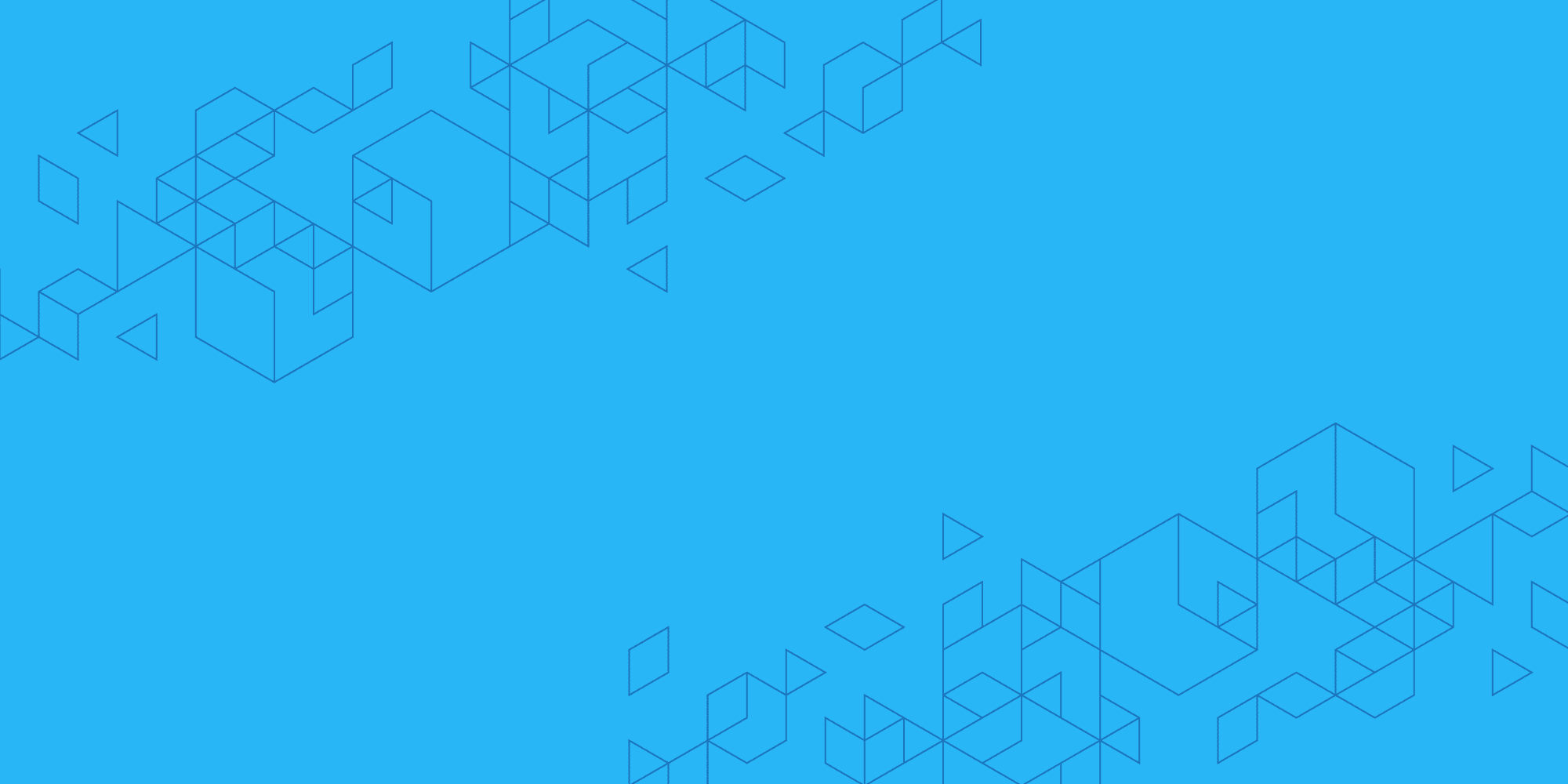Moving to the cloud while strengthening defense
By Matt Wilson
Sr. Director Product Management
The cloud is great for fast development of services and speeds time-to-market. So, it’s not surprising that in the wake of the pandemic leading organizations moved quickly to the cloud to survive as industry paradigms evolved. Last year, 36% of organizations expected to spend more on public cloud services than private cloud, a pattern researchers say has been building for a few years. And 55% of respondents identified securing cloud environments as the biggest challenge associated with public cloud usage.
Our customers tell us the same; moving to the cloud adds a lot of complexity to security workloads in three main ways.
- Loss of visibility. A developer with a credit card can spin up new instances in a matter of minutes, without your knowledge. Because you can’t protect what you can’t see, this loss of visibility is keeping customers awake at night. Even if security teams are aware of what is going on, for every new cloud provider that developers spin up, teams have to add new toolsets to their security stack to gain the visibility they need.
- Loss of control. When you introduce a new tool that is performing the same function as another tool for another cloud environment, you have to worry about equal capabilities among these toolsets. Different tools might do some of the same things, but they do them in very different ways. For instance, because of variations in the way they look for compromises or set thresholds, the same attack might trigger an alert in one cloud environment but not in others. The result? You can’t have confidence in a consistent level of protection, visibility, and threat detection across your entire cloud infrastructure.
- Loss of security team effectiveness. Multi-cloud environments are increasingly popular for reasons including high availability, business continuity, and compliance. At the same time on-premise and legacy infrastructure isn’t going away, with 67% of IT professionals saying hybrid cloud is their permanent destination. Security teams rely on a mix of traditional tools that don’t support cloud environments, and cloud-based tools focused on providing visibility into specific cloud environments but very rarely into multi-cloud or the rest of the infrastructure. Teams end up moving between multiple panes of glass and multiple environments, using tools with different capabilities. This creates more complexity which reduces the effectiveness of your security team.
Security simplified for your cloud journey
As organizations look to secure their Atomized Network—where applications and data are scattered across a complex and fluid environment consisting of multi-cloud, on-premise, and legacy infrastructure, being accessed by mobile and remote workers—they are turning to Netography.
Our SaaS-based, universal platform provides complete network visibility for real-time and retrospective attack detection across your entire footprint. A single portal provides a unified view of data, enriched with business and threat intelligence to accelerate and simplify detection, hunting, and analysis. You also gain control with threat detection models that make it easy to detect once and protect everywhere in minutes. You can customize responses and remediation to automate the protection of your environment regardless of infrastructure—on-premise, hybrid, and cloud, including Amazon Web Services, Google Cloud, IBM Cloud, Microsoft Azure, and Oracle Cloud.
The result? Developers can spin up new instances without creating cause for concern. You have complete visibility into what is going on and can apply a single, consistent layer of detection, response, and remediation across all your environments. No more sleepless nights worrying about what you can’t see, what you can’t control, and how many different interfaces a human is expected to interact with competently. You can strengthen security and move to the cloud, and you can start now.

